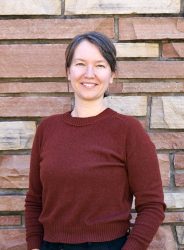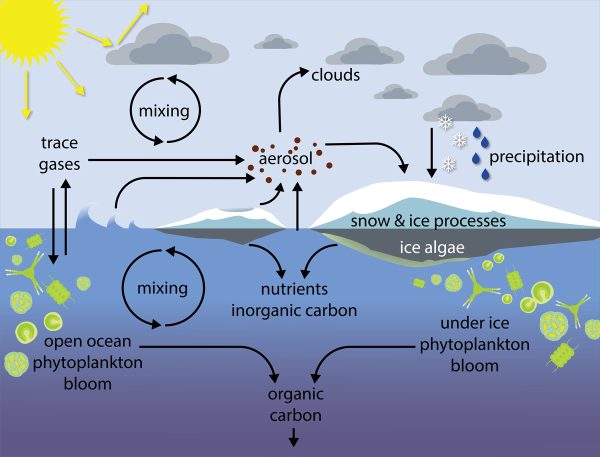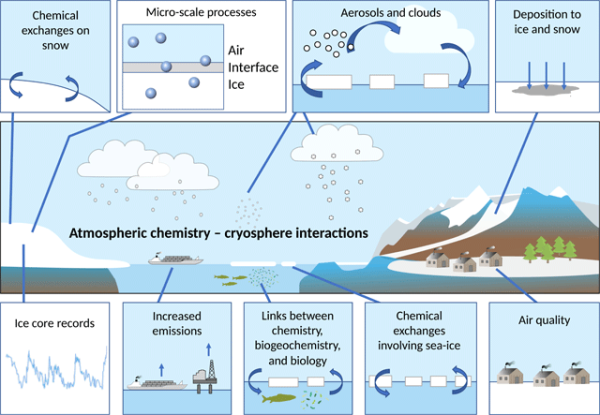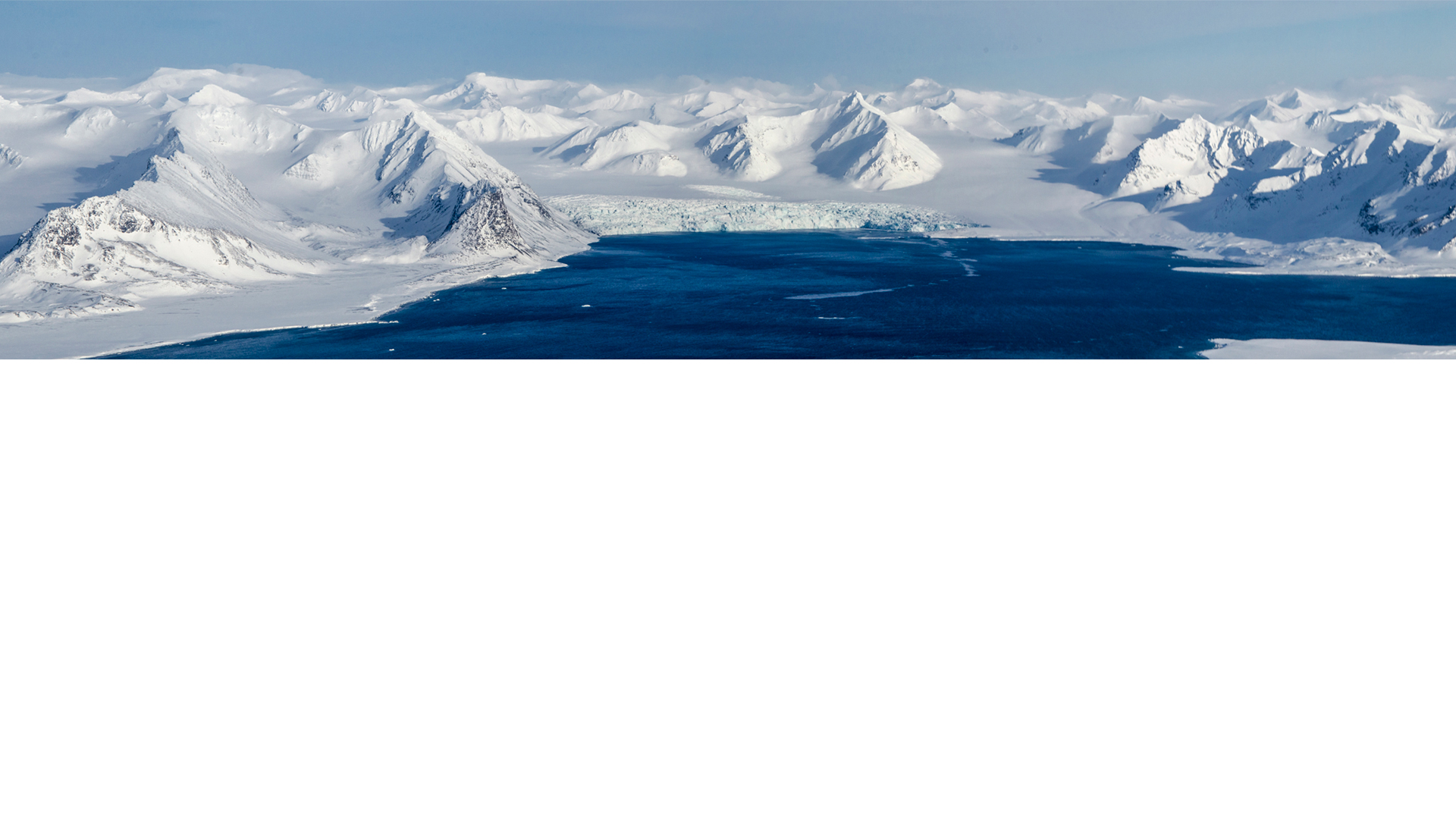
2021 – present: Assistant Professor, Chemistry, Colorado State University
2018 – 2020: Postdoctoral Fellow, Chemical Science Division, LBNL
2012 – 2018: PhD Chemistry, University of Toronto
2007 – 2011: BSc Chemistry & Math, Vancouver Island University
I’m an environmental analytical chemist, and I use field observations and laboratory studies to understand aerosol formation and chemistry, and resulting impacts on climate and air quality. I first became interested in environmental chemistry at Vancouver Island University. I did my PhD at the University of Toronto, in the Abbatt group, where I studied urban aerosol chemistry in Toronto, industrial emissions in the Athabasca Oil Sands, and the sources and chemistry of aerosol in the Arctic. During the NETCARE project, I used airborne aerosol mass spectrometry to understand the influence of increasing open water area and long-range pollution transport on Arctic aerosol chemistry and chemistry-climate interactions. After my PhD, I moved from the field into the lab as an NSERC postdoctoral fellow at Lawrence Berkeley National Lab, working in the Wilson group on multi-phase physical chemistry in levitated droplets. My current research interests are in two main areas: (1) the sources and chemistry of marine reactive organic carbon and organo-sulfur gases and (2) multiphase atmospheric chemistry, which together shape aerosol properties in marine environments.
Collaborative & Community Activities

The Scientific Committee on Ocean Research (SCOR) Working Group #163 “Coupling of ocean-ice-atmosphere processes: from sea-Ice biogeochemistry to aerosols and Clouds” (CIce2Clouds, CIce2Clouds.org) launched in fall 2021. We bring together international expertise in the ocean and sea-ice oriented community with the atmospheric chemistry community. We aim to (1) synthesize and refine our conceptual representation of processes at the ocean-ice-snow-atmosphere interface, (2) address key uncertainties in the biological and chemical controls on atmospheric chemistry, aerosol, and clouds in polar ocean environments, and (3) guide future interdisciplinary modelling and observational (lab & field) efforts.

The “Cryosphere and ATmospheric CHemistry” (CATCH) is an International Global Atmospheric Chemistry (IGAC) project activity, co-sponsored by the Surface Ocean Lower Atmosphere Study (SOLAS). Our mission is to facilitate atmospheric chemistry research within the international community, with a focus on natural processes specific to cold regions of the Earth. Cold regions include areas which are seasonally or permanently covered by snow and ice, from the high mountains to the polar ice sheets and sea ice zones.

